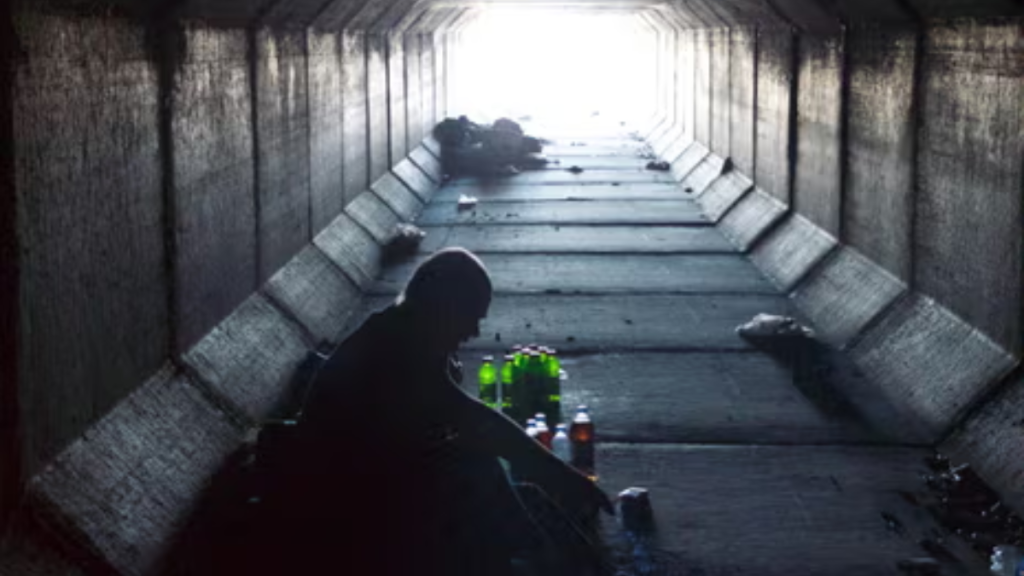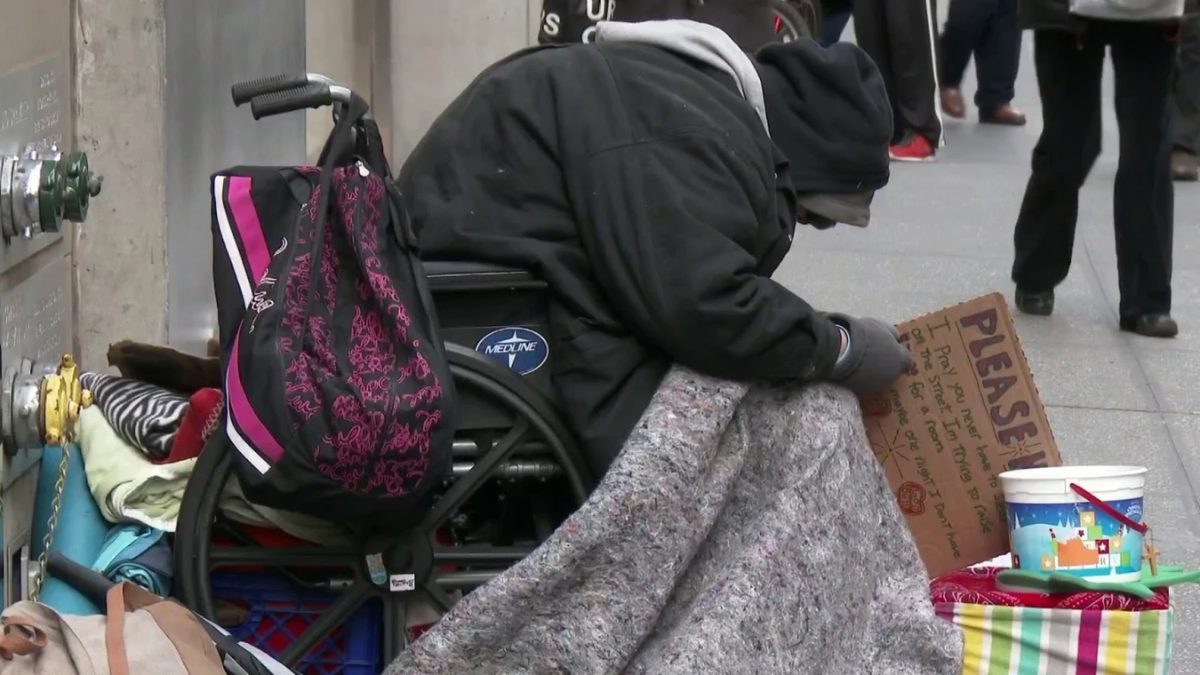Beneath the dazzling lights of Las Vegas lies a hidden community, one that exists out of sight and largely out of mind. In the city’s vast network of storm drain tunnels—spanning over 600 miles—hundreds of unhoused individuals have found shelter from the harsh realities of life on the streets.
These underground residents live in makeshift homes beneath casinos, hotels, and tourist attractions, forming a shadow population that reflects the city’s growing homelessness crisis.
Las Vegas’ tunnel dwellers have lived mostly in the margins for decades, but their presence is now under renewed scrutiny. With growing pressure from city officials and increased urban development, the future for this underground community is uncertain.
Why So Many People Live in the Tunnels
The reasons for seeking refuge in the tunnels are complex but center around a few key factors:
- Lack of affordable housing: As housing costs in Las Vegas continue to climb, many low-income residents are priced out of even the most modest accommodations.
- Extreme climate: Nevada’s brutal summers, with temperatures regularly exceeding 110°F, make it dangerous to sleep outdoors. The tunnels provide consistent shade and relief from the elements.
- Policing and anti-homeless laws: Las Vegas enforces strict laws against sleeping or camping in public areas, pushing many to seek shelter out of view to avoid fines or arrest.
Some individuals have lived in these tunnels for years, creating semi-permanent homes with furniture, artwork, and even electricity powered by stolen cables or generators. Despite their resourcefulness, residents are at constant risk from flooding, fires, disease, and now displacement.
Imminent Danger and Eviction Plans
City officials have begun planning sweeps of the tunnels, citing public safety concerns, particularly in preparation for large-scale events like Super Bowl LVIX. The Las Vegas Metropolitan Police Department (LVMPD) has confirmed it will begin clearing individuals from certain tunnel sections to “enhance security and protect infrastructure.”
However, advocates argue these evictions will simply displace vulnerable people without offering adequate alternatives. The tunnels are particularly dangerous during monsoon season, which begins in June and can result in sudden, deadly floods.
Outreach workers warn that clearing the tunnels without stable shelter solutions will expose residents to even greater harm.
“There are people down there who are elderly, disabled, or mentally ill,” said one nonprofit worker. “Forcing them out without a plan isn’t solving homelessness—it’s scattering it.”

Nonprofits Offer Hope but Need More Support
Organizations like Shine a Light and Help of Southern Nevada have been instrumental in reaching tunnel residents. Their volunteers enter the tunnels regularly, offering medical aid, hygiene supplies, food, and housing referrals.
Many outreach workers are formerly homeless themselves, using personal experience to build trust. One such advocate, Bryon Johnson, now spends his days convincing people to leave the tunnels and enter treatment or transitional housing. “We can’t just ignore this anymore,” Johnson said. “These are people who need help, not punishment.”
While these nonprofits have helped dozens leave the tunnels permanently, they face serious funding shortages. Most shelters in the area are at capacity, and long-term affordable housing options remain scarce.
What Needs to Happen Next
Experts and advocates agree on several solutions that could address the issue humanely:
- Expand emergency shelter beds with low-barrier entry policies that don’t exclude people with pets, partners, or belongings.
- Develop safe outdoor spaces with sanitation and security while individuals await permanent housing.
- Increase funding for deeply affordable housing tied to supportive services like mental health and addiction treatment.
- Strengthen climate resilience with heat response plans and early flood warning systems for underground areas.
Above all, any removal of tunnel residents must be paired with real alternatives—not just temporary fixes. Without action, Las Vegas may continue to push its most vulnerable residents further into danger.
Conclusion
The stark divide between the opulence above ground and the hardship below it reveals much about the challenges Las Vegas faces in managing its housing crisis. The people living in the city’s storm tunnels are not just a curiosity—they are a symbol of what happens when affordable housing, healthcare, and outreach fall short.
As pressure mounts to clear these underground encampments, the city stands at a crossroads. Will it invest in long-term, compassionate solutions? Or will it continue to displace and endanger those who have nowhere else to go?
The answer may determine not only the fate of hundreds living beneath the city, but also the moral character of Las Vegas itself.
For more detailed coverage of nonprofit efforts and safety risks, visit Scientific American’s report on Las Vegas tunnel communities.
Disclaimer – Our team has carefully fact-checked this article to make sure it’s accurate and free from any misinformation. We’re dedicated to keeping our content honest and reliable for our readers.
